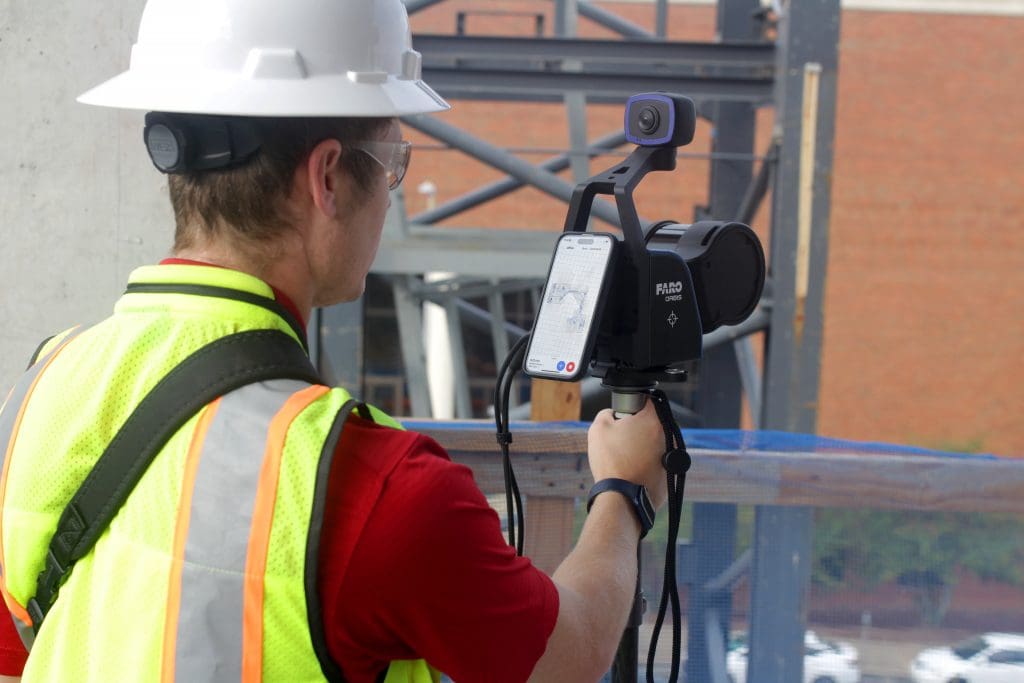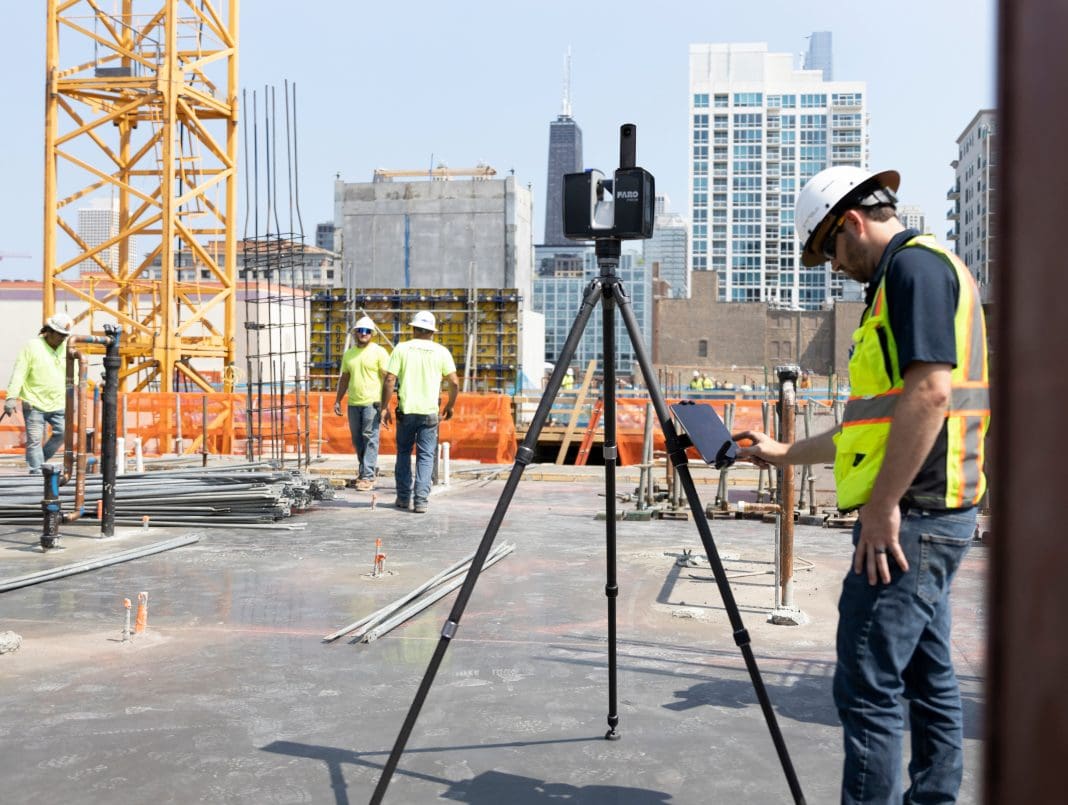Explore how FARO’s 3D technology can help to solve the UK’s concrete crisis caused by the widespread use of RAAC
It is, perhaps, a cruel twist of irony that some 2,000 years after Ancient Rome perfected a form of concrete that today, places like the United Kingdom, Europe and parts of Asia and North America grapple with what’s been called the great concrete “crisis.”
Less often addressed, however, is the impact 3D laser scanning hardware and software solutions can have in helping conquer this potentially crippling, crumbling problem.
The concrete crisis boils down to this: in the post-war race to build faster and cheaper, meeting the ever-increasing demand for public sector construction projects a new type of concrete, Reinforced Autoclaved Aerated Concrete, or RAAC, developed in the 1930s, was put to greater use. Intended as a lightweight, more porous alternative with impressive thermal and fire retardation properties, the material was used throughout the UK and around the world from roughly the 1950s to the mid-1990s. Schools and hospitals were particularly common, but RAAC (pronounced RACK) also found its way into court buildings, prisons, and police stations.
While there had been warnings for decades, it wasn’t until last year that the word “crisis” was first applied after it was found that 174 UK schools could be in danger of collapse, all due to RAAC.
Solid solutions from the 3D laser scanning industry
RAAC’s weakness lies in its strength: its porous nature. Although airy concrete makes for a lightweight material, it also allows for the risk of water seepage. This is especially true with roofing.
Over time, moisture can corrode the concrete’s rebar causing expansion, leading to sudden failure. With a lifespan of only 20-30 years, RAAC is running out of time, as even its most recent use is at or beyond that range.
While 3D laser technology, tripod-mounted terrestrial scanning and mobile-based (backpack, handheld or pole-mounted) devices can’t solve the problem overnight (and not all signs of imminent collapse can be detected), they can assist in several ways, as can 360-degree panoramic photography and floor flatness/levelness detection software.
The most basic way 3D tech can help is through interior and exterior mapping of said structures. Doing so provides a baseline from which to visualise an entire project. For example, if it’s determined that UK schools are at greatest risk, these buildings can be scanned fastest with a mobile device. The FARO® Orbis™ Mobile Laser Scanner is a great example of this technology.

The Mobile Laser Scanner delivers a rapid speed of capture
Designed for construction, engineering, and surveying professionals, the scanner delivers rapid speed of capture, while returning highly accurate 3D representations of as-built assets.
Integrated with FARO’s Flash Technology™, Orbis can also take stationary scans for greater detail in as little as 15 seconds, like in an MEP room or related utility/duct work throughout a structure.
For sites with lower immediate risk, where the fastest speed of capture is a little less critical, a terrestrial laser scanner (TLS) might be an alternative choice. Here too, the FARO Focus Premium Laser Scanner can assist.
Complete with the ability to pre-register scans and feed that data directly into a cloud-based data management system so oversite can be completed by project stakeholders, users can also benefit from a new scan mode that combines the accuracy of a 3D scan with the speed of a panoramic camera.
“While there had been warnings for decades, it wasn’t until last year that the word “crisis” was first applied after it was found that 174 UK schools could be in danger of collapse, all due to RAAC.”
Under 30-second scans with colourised 360° images that can save up to 50% scanning time is a significant boost when so many buildings require attention.
As is the case with terrestrial laser scanners and mobile devices, both can also map minute changes in building structures over time like bulges and swells not detectable by visual inspection alone. (This is an added advantage as RAAC can’t be visually isolated from tradition precast concrete; the material must be cut into and examined.)
Combined with software that can analyse concrete floor flatness, a computer program or smartphone application like this could help determine if there’s been a shift in the structure and by how much and how fast. Detecting flatness and levelness deviation could suggest an area under stress. Water ponding on a flat roof could also be a sign of water seepage.
At a minimum, the technology could be used to alert general contractors that a section of a building requires a more thorough investigation. Other software, also on the market, can analyse similar deviations in walls as a shift in the base structure will likewise impact them as well.
Correcting a “poor-ous” choice without causing chaos
While 2023 proved a troublesome year for RAAC awareness, it’s important not to toll the alarm bells too loudly. Hysteria cannot trump the hard work required to identify at-risk buildings not only in the UK, but wherever RAAC has been used. The problem is well understood. And not every building experiencing water seepage is destined to collapse. Many buildings vastly outlive their expected lifespan, especially with proper maintenance.
Only through a thorough examination of existing as-built structures from the 1950s to the 1990s will the concrete crisis be resolved.
3D laser scanning, in its varied terrestrial, mobile and software-based applications can be vital tools to ensure that RAAC-built buildings facing their anticipated end-of-life are identified, mapped and retrofitted – or replaced – as needs dictate.
Rome wasn’t built in a day. And neither was the UK. Getting RAAC back on track will take hard work. And the 3D laser scanning industry stands ready to help.
Amanda Hidalgo
Office of Corporate Communications
FARO Technologies
Tel: +1 700-161-1036
*Please note that this is a commercial profile.

















